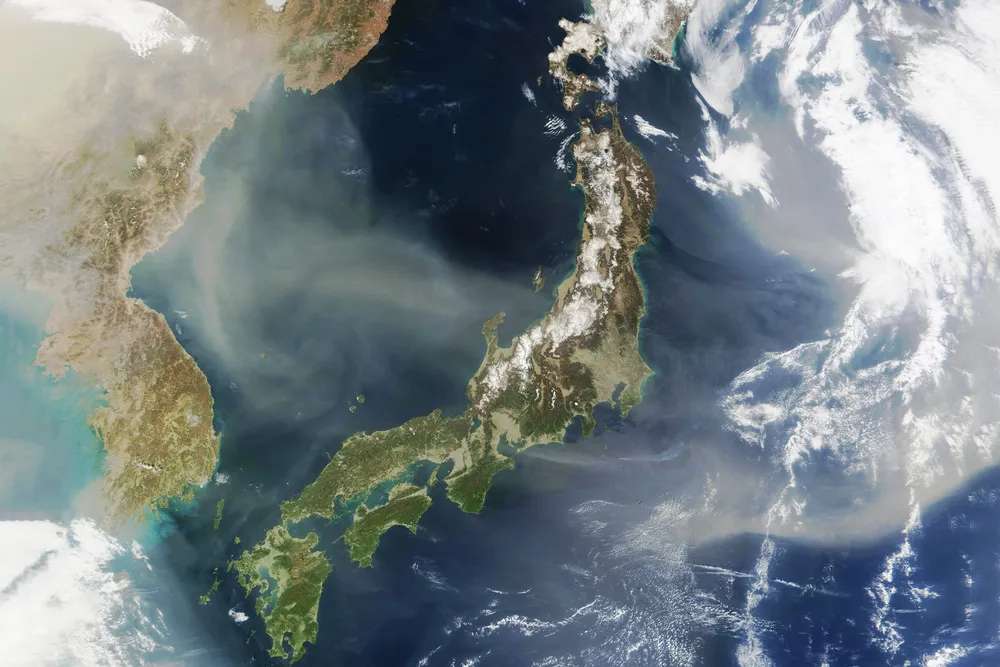Asian giants keep faith with renewables as policies advance
Japan is undeterred by the headwinds that have hit its offshore wind sector and Korea's appetite looks to have survived political instability

Japan and South Korea have both underlined their respective ambitions for ramping up offshore wind by moving forward policies designed to accelerate the green transition and boost energy security.
The geography and energy needs of both East Asian nations have led them to take strategic decision to develop offshore wind.
In both cases, coastal characteristics mean floating technologies are likely to dominate the buildout.
Both nations are also forecasting rising demand for electricity due, among other things, to the growth of artificial intelligence and data centres.
New plan in Japan
In Japan, Prime Minister Shigeru Ishiba's cabinet today (Tuesday) approved a new basic energy plan on Tuesday, placing increased emphasis on renewables and nuclear power as sources of carbon-free energy.
The new energy plan, which is intended as a medium- to long-term policy guideline, states that renewable energy sources should account for around 40-50%of Japan's energy mix by the 2040, almost double the 22.9% recorded in the 2023 fiscal year, which runs from April to March.
Nuclear power is expected to account for about 20-22% of Japan’s total energy output in fiscal year 2030, compared with 8.5% in 2023, and its share will be kept above 20% through to 2040.
To support its plans for nuclear, the Japanese government intends to easing regulatory requirements for replacing old reactors with new ones. This marks a departure from the government's earlier resolve to minimise reliance on nuclear energy following the 2011 Fukushima crisis.
Japan's government also approved new targets to cut the country's greenhouse gas emissions through 2040, alongside an updated industrial policy for the period.
Under the new climate policy, Japan aims to get greenhouse gas emissions 60% below 2013 levels by 2035, then 73% lower by 2040. A 2030 goal of a 46% reduction remains in place.
Thermoelectric power is projected to decline to 20-40% from nearly 69% percent over this time.
The new 2035 target has retreated from an earlier commitment to get emissions 66% below 2013 levels.
The Japanese government aims to have 10GW of offshore wind power capacity in place by 2030, and 30-45GW by 2040 and has reaffirmed its target of awarding 1GW of offshore wind capacity per year.
South Korea's 'one stop shop'
In South Korea, a long-awaited bill to create a ‘one stop-shop’ approach to offshore wind leasing and permitting passed a parliamentary subcommittee on Monday.
The Special Act on the Promotion of Wind Power Development and Distribution has been languishing in Korea’s parliament for about two years.
The bill, in its essence survived a 2024 change of government and also the constitutional crisis following an attempt by ex-President Yoon Suk Yeol to declare martial law last December.
If approved by the National Assembly, this bill will streamline permitting and add impetus to Korea’s plans to reduce reliance on fossil fuels.
A vote in a standing committee is scheduled for tomorrow (Wednesday).
Developers have welcomed the bill, suggesting that discussing permitting and consenting in a single forum office can accelerate the whole process.
(Copyright)